Tiny, Terrific Tillandsias
These may be the ideal houseplants. You can forget to water them by several days and they’ll still love you. They handle bright, indirect sunlight quite well. The types with thicker, grayer leaves handle more sun than those with thinner, greener foliage.
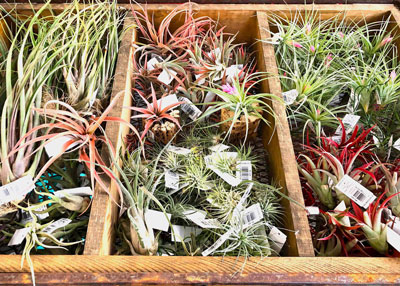
Tillandsias are happy at “people” temperatures (between 60 and 85 degrees). Most will not tolerate sub-freezing temperatures. Summertime temperatures in outdoor patio settings are no problem for them so long as you keep the humidity around their leaves and roots quite high.
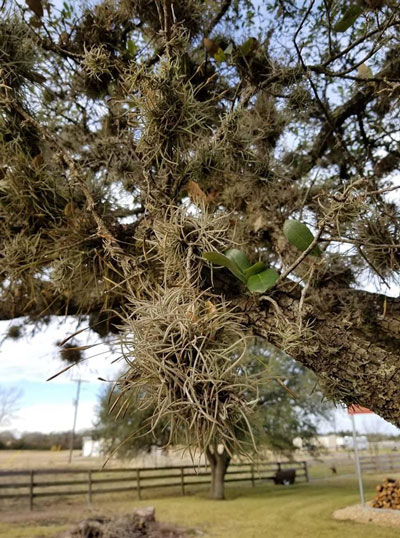
Tillandsias are bromeliads. They’re sisters to ball moss and Spanish moss, and they’re cousins to thousands of showy bromeliads we see in nurseries and flower shops all over Texas today. But the most familiar plant of all the plants in the bromeliad family would be pineapples. It’s a great group of plants!
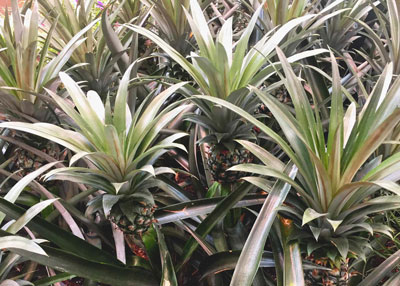
Basics of Growing Tillandsias…
• Warm conditions (60-95F is best).
• Bright light with shade from mid-morning on.
• High humidity, either from nature or by frequent misting or spritzing.
• Most types will not need to be grown in pots. They grow as epiphytes in nature, that is, suspended from tree trunks.
• Grow attached to small salvaged tree branches, seashells, or other soil-less supports.
• Secure to support with glue, hot-melt glue, fine telephone wire or other non-toxic means.
• Have someone hold plants as you glue them so that you’ll have them facing correct directions.
• Wrap roots with sphagnum moss (not sphagnum peat moss) or Spanish moss to help in holding moisture around roots.
• Hang or place in vertical position. Water with spray once glue has dried and every few days thereafter.
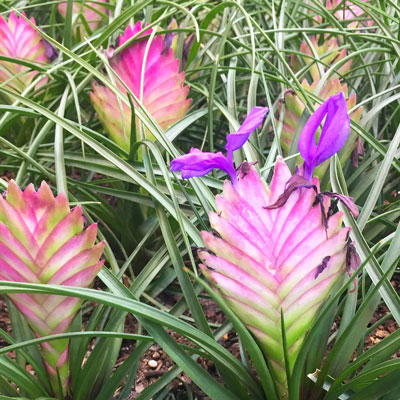
Your plants will establish and grow larger as the years pass. My prediction is that you’ll enjoy these little jewels that maybe you’ve been overlooking for all of these years.
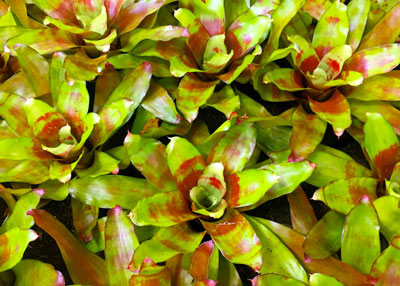
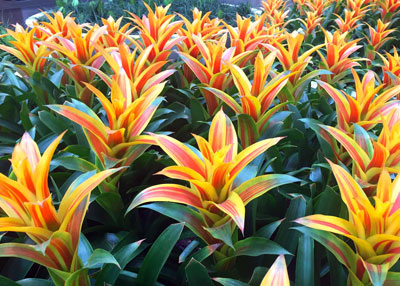
Note: You will find dozens of stories written about Tillandsias online. I would suggest using keywords “Bromeliad Tillandsia” to get you into Bromeliad Society information.
